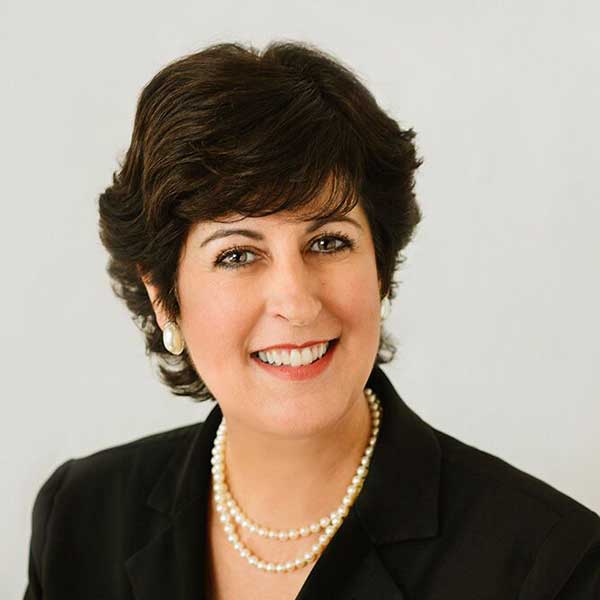
Estate planning for blended families is like playing chess in three dimensions: even those who are very good at chess can struggle with so many moving parts in so many dimensions. Preparing an estate plan requires careful consideration of family dynamics, and those are multiplied in blended families. This is another reason why estate plans need to be tailored for each family’s circumstances, as described in the article “Blended families have unique considerations in estate planning” from The News Enterprise.
The Last Will and Testament is often considered the key document in an estate plan. But while the Will is very important, it has certain limitations and a few commonly used estate planning strategies can result in unpleasant endings, if this is the only document used.
Spouses often leave everything to each other as the primary beneficiary on death, with all of their children as contingent beneficiaries. This is based on the assumption that the second spouse will remain in the family home, and will distribute any proceeds equally between the children, if and when they move or die. However, the Will can be changed at any time before death, as long as the person making the Will has mental capacity. If, when the first spouse dies, the surviving spouse’s relationship with the deceased spouse’s children is not strong, it’s very possible that the surviving spouse may eventually change his or her Will.
If the stepchildren don’t have a strong connection with the surviving spouse, as often occurs when the second marriage occurs after the children are adults, things can go wrong. Their mutual grief at the passing of the first spouse does not always draw stepchildren and stepparents together. Often, it divides them.
The couple may also want to select different beneficiaries. The husband may name his wife first, then only his children in his Will, while the wife may name her husband and then her children in her Will. This creates a “survival race.” The surviving spouse receives all the property and the children of the spouse who died first won’t know when or if they will receive any assets.
Some couples use trusts for property distribution upon death. This can be more successful, if done properly. It can also be just as bad as a Will.
Trust provisions can be categorized according to the level of control the surviving spouse has after the death of the first spouse. A trust can be structured to lock down a portion of the trust assets upon the death of the first spouse. The surviving spouse remains a beneficiary but does not have the ability to change the ultimate distribution of the decedent’s portion of the assets. This gives the survivor the financial support they need, and provides the flexibility for the survivor to change the beneficiaries for his or her remaining share.
Not all blended families actually “blend,” but for those who do, a candid discussion with all, perhaps in the estate planning attorney’s office, is one way to ensure that the family remains a family when both parents are gone.
Reference: The News Enterprise (November 4, 2019) “Blended families have unique considerations in estate planning”
Other articles you may find interesting:








